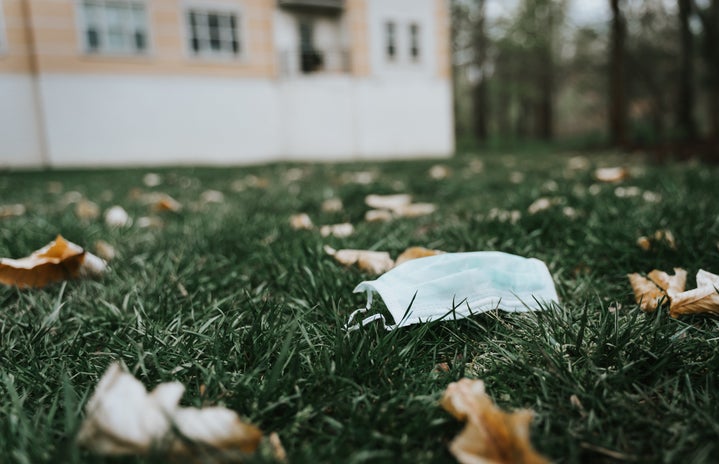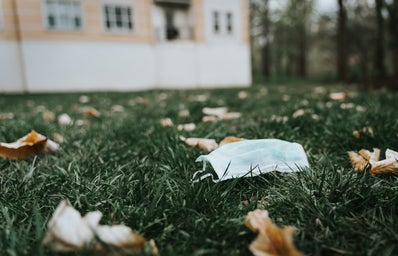When mandatory quarantining was initially enforced at the peak of the coronavirus outbreak, the environment saw noticeable differences in water and air pollution. Italy’s canals became clear because sediment settled to the bottom due to less waterway traffic, the air quality continues to improve in large cities like Los Angeles and wildlife has slowly returned to suburban areas. Because humans are changing the way they are living during the pandemic, the environment is changing with us.
Although these have proven to be visible environmental improvements, from a legislative standpoint, things have become more lenient and have affected certain populations more than others. In early March, the Environmental Protection Agency (EPA) announced a new discretionary policy that would pardon smaller environmental infractions and missed deadlines.
The announcement stated: “The temporary policy makes it clear that EPA expects regulated facilities to comply with regulatory requirements, where reasonably practicable, and to return to compliance as quickly as possible. To be eligible for enforcement discretion, the policy also requires facilities to document decisions made to prevent or mitigate noncompliance and demonstrate how the noncompliance was caused by the COVID-19 pandemic. This policy does not provide leniency for intentional criminal violations of law.” An example of this in action would be pardoning COVID-19 related delays in routine monitoring of water sources, but not intentionally neglecting the safety and usability of the water.
Since this has been put into action, there have been links between certain geographic and socioeconomic areas and the contraction rates of the coronavirus. According to an article published by The Hill, “Polluting industries are frequently located near low-income and minority communities. One assessment published by the American Public Health Association in 2018 showed that nonwhite and low-income communities are harder hit by pollution.” When these communities have lesser air and water quality to begin with, the immune systems of residents are in some ways already compromised and put them at a greater risk for catching the virus.
One of the most recommended ways to combat exposure to the virus has been to wash your hands for 20 seconds with soap and water. For some communities in Detroit and Flint, for example, who already struggle to access clean water, this is has hindered their ability to protect themselves at the first line of defense. According to The Hill, similar areas across the nation have also seen this connection: “In Louisiana, 70 percent of those who have died were black, despite the African American community accounting for just 32 percent of the state’s population. In New York City, the virus has been about twice as deadly for blacks and Latinos as for white people.” Not having or having limited access to consistently regulated water and other personal protective equipment like masks and gloves are putting minority communities at risk.
Areas that have been environmentally neglected or are the primary hubs of water, waste, and air facilities are exposing its citizens not only for COVID-19, but also long-term respiratory conditions and water related illnesses. While it seems like the environment is bouncing back on social media and positive news reports, it is critical to remember that environmental recovery is not universal at this time and some communities are struggling now more than ever.
To see how you can donate money or supplies to alleviate some of the impacts of COVID-19, please visit the National Philanthropic Trust website which lists multiple direct relief organizations that need your help.
Want to see more HCFSU? Be sure to like us on Facebook and follow us on Instagram, Twitter, and Pinterest!



